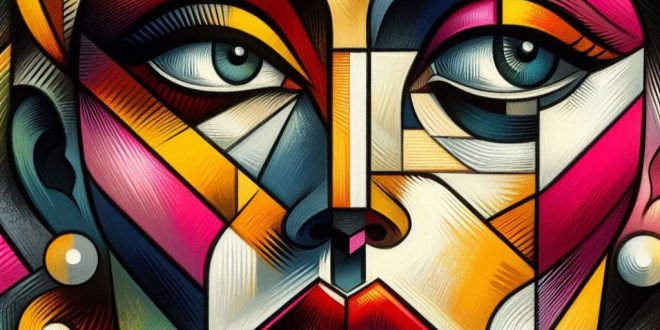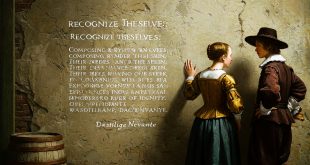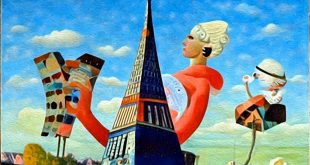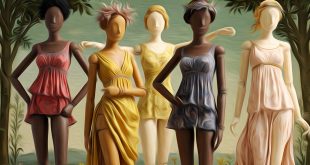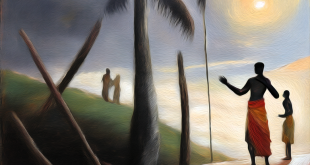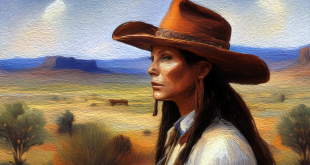 Picasso, cubism and the art of enhancing forms
Picasso, cubism and the art of enhancing forms
The man buried in the grounds of the castle of Vauvenargues https://www.aixenprovencetourism.com/en/fiche/chateau-de-vauvenargues-5538765/, in the south of France, declared himself a pacifist and was a member of the Spanish Communist Party and the French Communist Party until his death. That artist born in 1881 in Malaga, Spain, in addition to painting and sculpture, also dedicated himself to drawing, engraving, book illustration, ceramics, set design and costumes for theatrical productions. He, Pablo Picasso https://www.pablopicasso.org/picasso-biography.jsp, the creator of cubism together with Georges Braque, participated in the various artistic movements that spread throughout the world, exerting a great influence on other great artists of the time of him.
 Visiting Spain, one of his most important works awaits you in Madrid, Guernica, visible at the Museo Nacional Centro de Arte Reina Sofía https://www.museoreinasofia.es/en/visit/opening-hours-and-ticket-prices, which houses a vast collection of contemporary and modern art. His mother recognized and encouraged his passion for drawing and painting. At the age of 14 he moved with his family to Barcelona, two years later he attended the Royal Academy of San Fernando in Madrid, where he discovered that by learning from artists and observing works of art his process of artistic refinement was self-sustaining. Pablo Picasso’s artistic career, characterized by constant innovation, found expression in artistic styles that contributed to radically transforming and renewing the global art panorama. Using AI, we created the four examples of digital art inspired by Picasso that accompany this article.
Visiting Spain, one of his most important works awaits you in Madrid, Guernica, visible at the Museo Nacional Centro de Arte Reina Sofía https://www.museoreinasofia.es/en/visit/opening-hours-and-ticket-prices, which houses a vast collection of contemporary and modern art. His mother recognized and encouraged his passion for drawing and painting. At the age of 14 he moved with his family to Barcelona, two years later he attended the Royal Academy of San Fernando in Madrid, where he discovered that by learning from artists and observing works of art his process of artistic refinement was self-sustaining. Pablo Picasso’s artistic career, characterized by constant innovation, found expression in artistic styles that contributed to radically transforming and renewing the global art panorama. Using AI, we created the four examples of digital art inspired by Picasso that accompany this article.
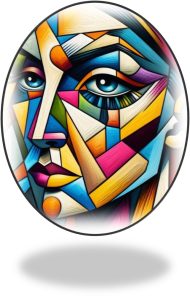 At the age of 20, Pablo Picasso moved to Paris, where he immersed himself in bohemian artistic culture and frequented artistic circles. Since then, he explored the possibilities by developing his own stylistic catalogue. In Paris, transformed an old factory he shared with the poet Max Jacob into an artistic studio. The stimulating environment of the French capital contributed to his introduction to Guillaume Apollinare, author of the work The Cubist Painters. From that meeting, extremely original ideas arose which generated monochromatic works – full of expressive, melancholic and dramatic strength – in which shades of blue were used in all possible tones and shades, such as the Old Guitarist which you can admire inside the Art Institute of Chicago https://www.artic.edu/. With predominant tones that varied from pink, ocher and pastel colors, during the pink period his bright and melancholic canvases were populated with harlequins, acrobats and street musicians. Among the most representative paintings of this period is The Family of Acrobats, a masterpiece that you can admire in the National Gallery of Art in Washington www.nga.gov.
At the age of 20, Pablo Picasso moved to Paris, where he immersed himself in bohemian artistic culture and frequented artistic circles. Since then, he explored the possibilities by developing his own stylistic catalogue. In Paris, transformed an old factory he shared with the poet Max Jacob into an artistic studio. The stimulating environment of the French capital contributed to his introduction to Guillaume Apollinare, author of the work The Cubist Painters. From that meeting, extremely original ideas arose which generated monochromatic works – full of expressive, melancholic and dramatic strength – in which shades of blue were used in all possible tones and shades, such as the Old Guitarist which you can admire inside the Art Institute of Chicago https://www.artic.edu/. With predominant tones that varied from pink, ocher and pastel colors, during the pink period his bright and melancholic canvases were populated with harlequins, acrobats and street musicians. Among the most representative paintings of this period is The Family of Acrobats, a masterpiece that you can admire in the National Gallery of Art in Washington www.nga.gov.
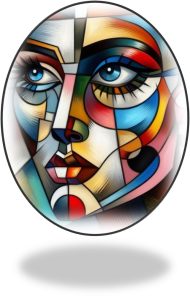 In close contact with Georges Braque, by painting Les Demoiselles d’Avignon, he initiated an artistic change that changed the history of art. His cubist season generated expressive possibilities that broke down the volumes and included figures that were broken into multiple perspective planes. In the years of the First World War, while continuing to experiment, he created paintings inspired by the masters of the Italian Renaissance. During the Spanish Civil War, Pablo Picasso created the large painting Guernica. After the Second World War, after having painted the wonderful Joie de vivre, which you can see at the Musée Picasso in Antibes https://www.antibesjuanlespins.com/decouvrir/les-incontournables/le-musee-picasso, he dedicated himself to ceramics and sculpture. The artist died in Mougins at the age of 91. In Malaga it was inaugurated which houses over two hundred works by this extraordinary Spanish artist on permanent display. To broaden your horizon of knowledge about other painters, you can type http://meetingbenches.com/category/paintings/. The sole purpose of this site is to spread the knowledge of these artists and that other people enjoy their works. The property of the images that appear in this blog correspond to their authors.
In close contact with Georges Braque, by painting Les Demoiselles d’Avignon, he initiated an artistic change that changed the history of art. His cubist season generated expressive possibilities that broke down the volumes and included figures that were broken into multiple perspective planes. In the years of the First World War, while continuing to experiment, he created paintings inspired by the masters of the Italian Renaissance. During the Spanish Civil War, Pablo Picasso created the large painting Guernica. After the Second World War, after having painted the wonderful Joie de vivre, which you can see at the Musée Picasso in Antibes https://www.antibesjuanlespins.com/decouvrir/les-incontournables/le-musee-picasso, he dedicated himself to ceramics and sculpture. The artist died in Mougins at the age of 91. In Malaga it was inaugurated which houses over two hundred works by this extraordinary Spanish artist on permanent display. To broaden your horizon of knowledge about other painters, you can type http://meetingbenches.com/category/paintings/. The sole purpose of this site is to spread the knowledge of these artists and that other people enjoy their works. The property of the images that appear in this blog correspond to their authors.
 Meeting Benches World art in all forms
Meeting Benches World art in all forms
